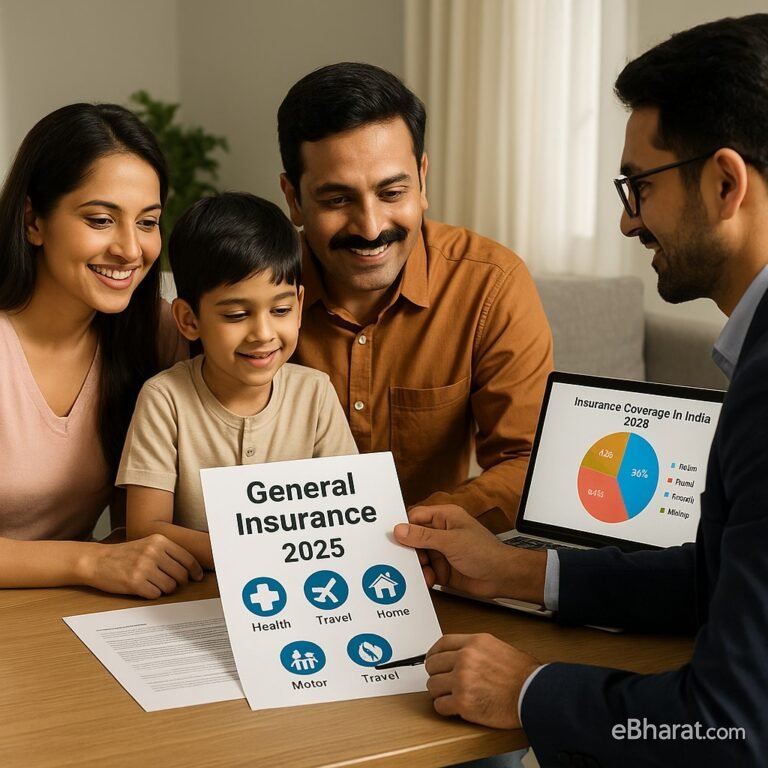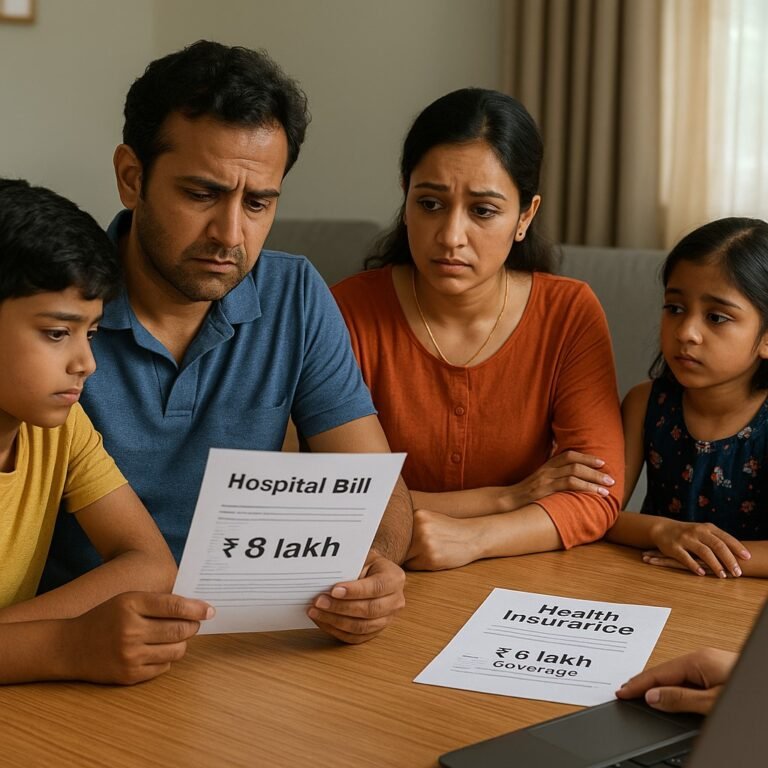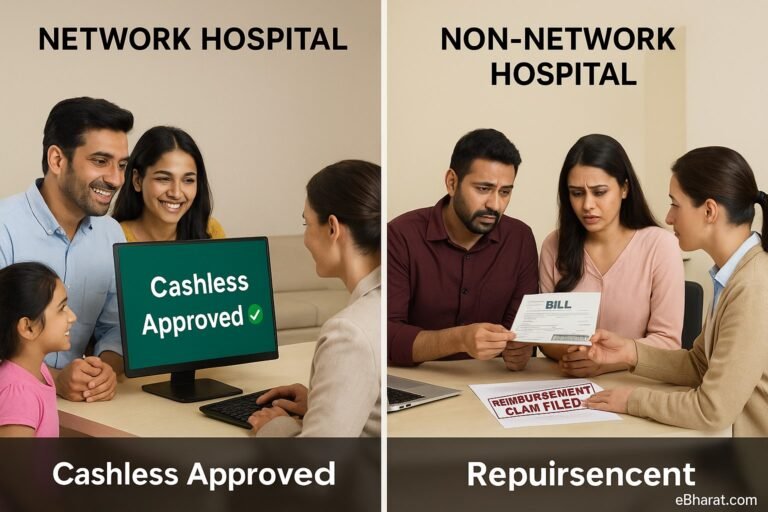
August 4, 2025 |
With rising medical inflation and tighter household budgets, top-up health insurance plans are gaining traction among Indian consumers — especially salaried professionals and small business owners — who want higher coverage without the high premiums of new base policies.
According to industry insiders, leading insurers like Star Health, Niva Bupa, ICICI Lombard, and HDFC Ergo have seen a 20–25% year-on-year rise in demand for top-up and super top-up plans in the first half of 2025.
Why Top-Up Plans Are Trending
Top-up plans act as supplemental coverage to an existing base health policy. They kick in once a certain threshold (called deductible) is crossed — making them cheaper to buy and ideal for high-cost treatments like surgeries, ICU stays, or prolonged hospitalizations.
Commenting on the trend, a senior executive at Star Health said:
“People don’t want to pay twice for basic coverage. A top-up lets them raise their total cover from ₹5 lakh to ₹20 lakh or even ₹50 lakh — without doubling their premium.”
Top-Up vs. New Policy
Let’s say you already have a ₹5 lakh corporate or retail health plan.
You can buy a ₹20 lakh top-up with a ₹5 lakh deductible for as low as ₹3,000–₹4,000/year.
In contrast, a fresh ₹25 lakh standalone policy would cost more than ₹14,000/year, depending on age and health profile.
Result: More Indians are using top-ups as a smart way to prepare for big-ticket medical events, without burning a hole in their budget.
Tax Benefits: Section 80D Still Applies
Insurers say buyers also see income tax benefits under Section 80D when purchasing top-ups — especially useful for senior citizens or families with multiple members insured under the same umbrella.
“You can claim up to ₹25,000 in tax deductions (₹50,000 for seniors), and top-up plans qualify for this just like base policies,” explained a policy advisor from Niva Bupa.
With more people opting for top-up health plans, it’s also important to know how to save on taxes under Section 80D. Here’s a simple guide on how to claim your health insurance tax deductions in 2025.
Who’s Buying Top-Ups?
- Age Group: 30–55
- Locations: Metros + Tier-1 cities (Delhi, Mumbai, Bengaluru, Hyderabad, Pune)
- Buyer Types:
- Corporate employees with limited employer health cover
- Self-employed professionals with basic family floater plans
- Retirees who want higher coverage but can’t afford full-premium policies
What to Watch Out For
While top-ups are cost-effective, they’re not a substitute for a base policy. Experts advise:
- Check if your existing insurer offers integrated claims for base + top-up
- Confirm cashless availability across both plans
- Understand deductible clauses — this is the amount you pay first before the top-up kicks in
| Type | Base Cover | Add-On / Deductible | Total Premium | Tax Benefit (80D) |
|---|---|---|---|---|
| New Policy | ₹25L | – | ₹14,500 | Yes |
| Top-Up Strategy | ₹5L base + ₹20L top-up | ₹5L deductible | ₹6,500 total | Yes |
With healthcare costs rising and employer cover falling short, top-up health plans are proving to be a smart middle path — offering affordability, flexibility, and the peace of mind that serious medical bills won’t derail family finances.
Apart from lower premiums, many buyers are also drawn to top-up plans for their tax-saving potential under Section 80D. But if you also have life insurance, it’s worth understanding how different sections apply. Here’s a complete guide to insurance tax benefits under Sections 80C, 80D, and 10(10D).












